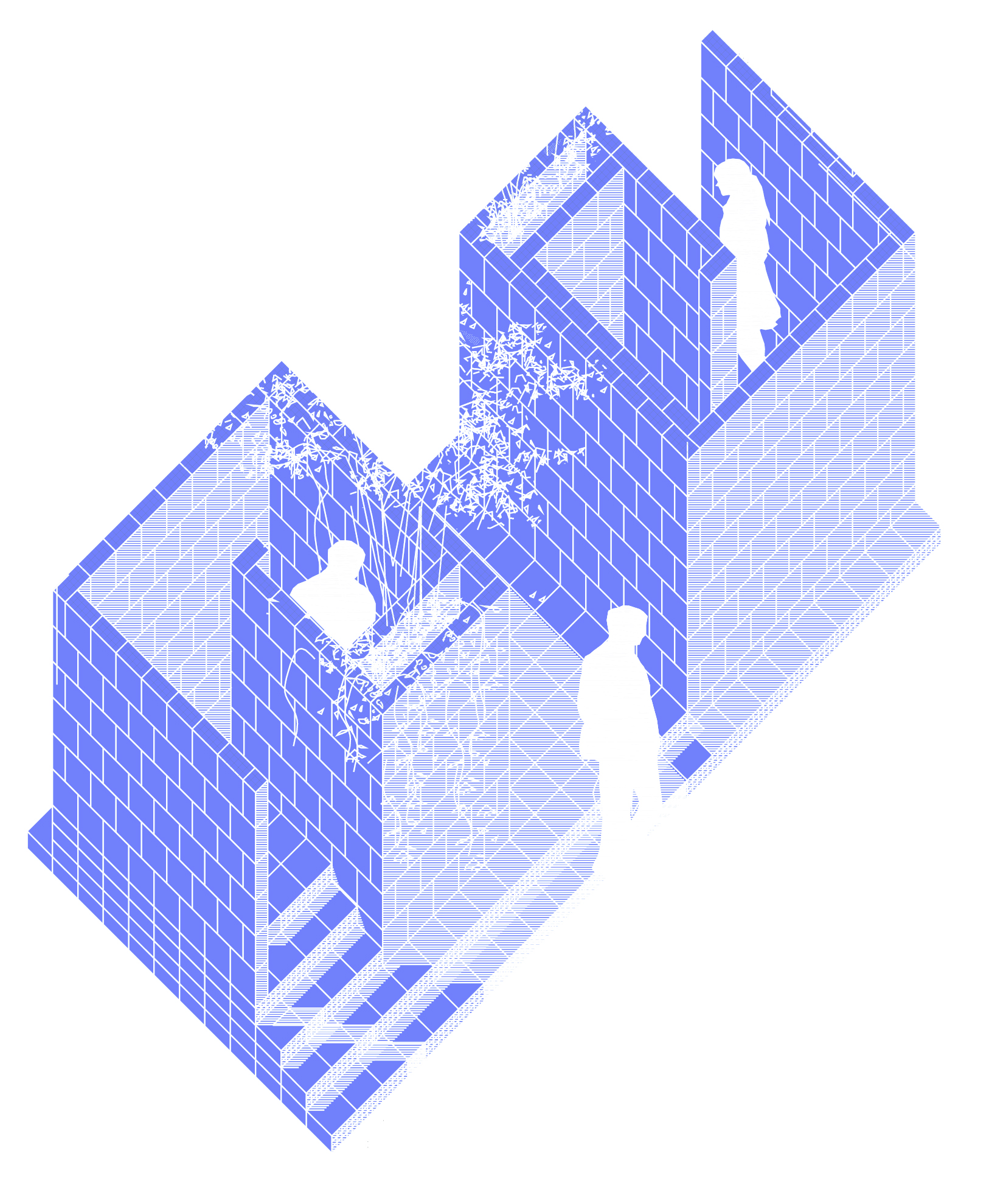Common Practices
Open Competition
Institution_Tbilisi Biennale
Location_Tbilisi, Georgia
Year_2020
Design team_Laboratorio Potenziale (Marino Amodio, Lorenzo Esposito, Matilde Mellini, Valentina Merz, Lara Monacelli Bani)
This book, modest in size but broad in aim, sets out to do just that, by examinating five basic functions, eating, sleeping, sitting, cleansing and bathing - in the rearview mirror of mankind’s accumulated knowledge.
Our tendency to confuse feeding with eating, washing with bathing, boredom with leisure, has debased the substance of domesticity.
Bernard Rudofsky, Now I lay me down to eat
It is the body, our body, related with the body of somebody else, what we have in common. Our private spaces, our homes, our cities (no matter where), are defined by a measure, and that measure is nothing but the body. The ergonomics of living.
Every member of Laboratorio Potenziale has investigated one of the 5 Rudofsky’ specific acts, in order to produce a little collection of proposals for spaces of primar actions: a table, a canopy, a fountain, an alcove and a bath.
We have chosen 5 precises places in Tbilisi where timeless structures become playgrounds for forgotten communitarian practices. Spaces that everybody is encouraged to enter and occupy.
All the projects are designed with the most spread and cheap building’s material and with the most common technique. 12x25x25 bricks collected together using concrete’s malta composed all the elements of these little architectures.

Located in 26 May square, exactly in a parking between a famous hotel and various fast food restaurants, this small architectural device wants to be a materialized memory of what it means and has meant for humans to stop, sit and eat together. A gesture that goes beyond the simple nourishment and is made of conviviality and sharing: two primary needs of mankind that the contemporary society has anesthetized or, even worse, domesticated in a capitalist key. This device is simply a large table with seats that can comfortably accommodate 12 people; the seats are different in height and width so as to welcome the different postures of people belonging to any culture, highlighting the idea that diversity unites us instead of dividing.


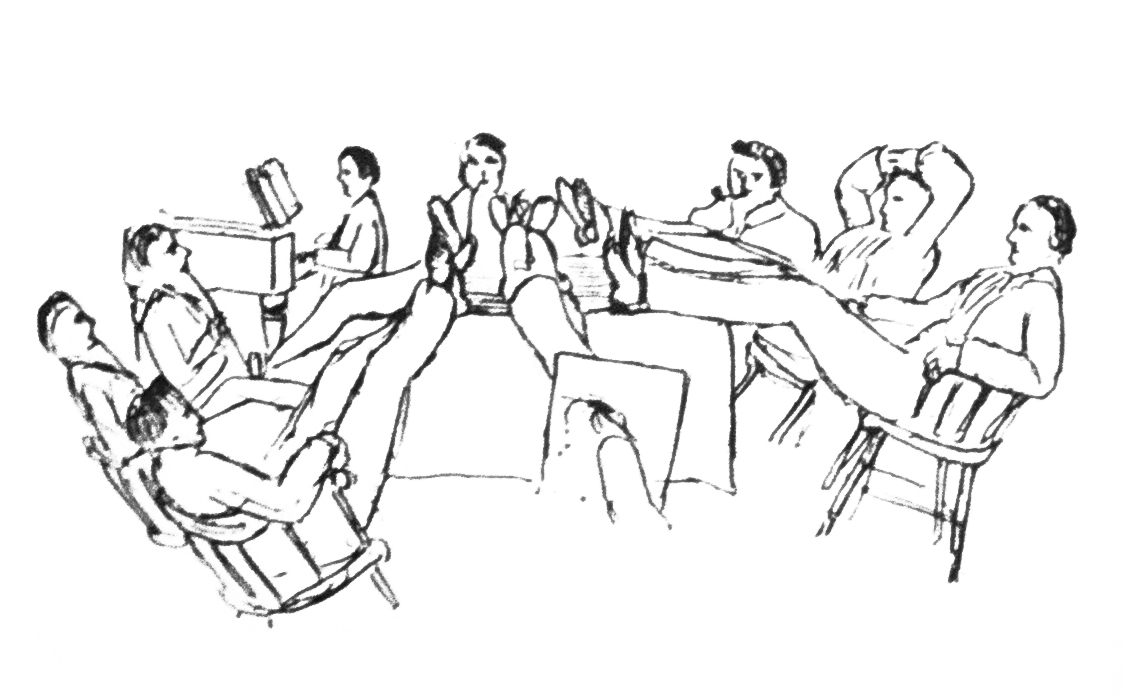
‘Sitting’ is placed in the new free industrial zone of Tbilisi, the first free taxes district in the city. This little architecture wants to save at least some square meters of the area declaring itself against the territory’s exploitation. The gesture of placing it before the factories, like one of the primary infrastructure, declares the importance of the rest. A sort of resistance against work. The basement is designed to let people from different cultures have a comfortable seat or a small nap covered by the only restoring shadow you can find in the area.

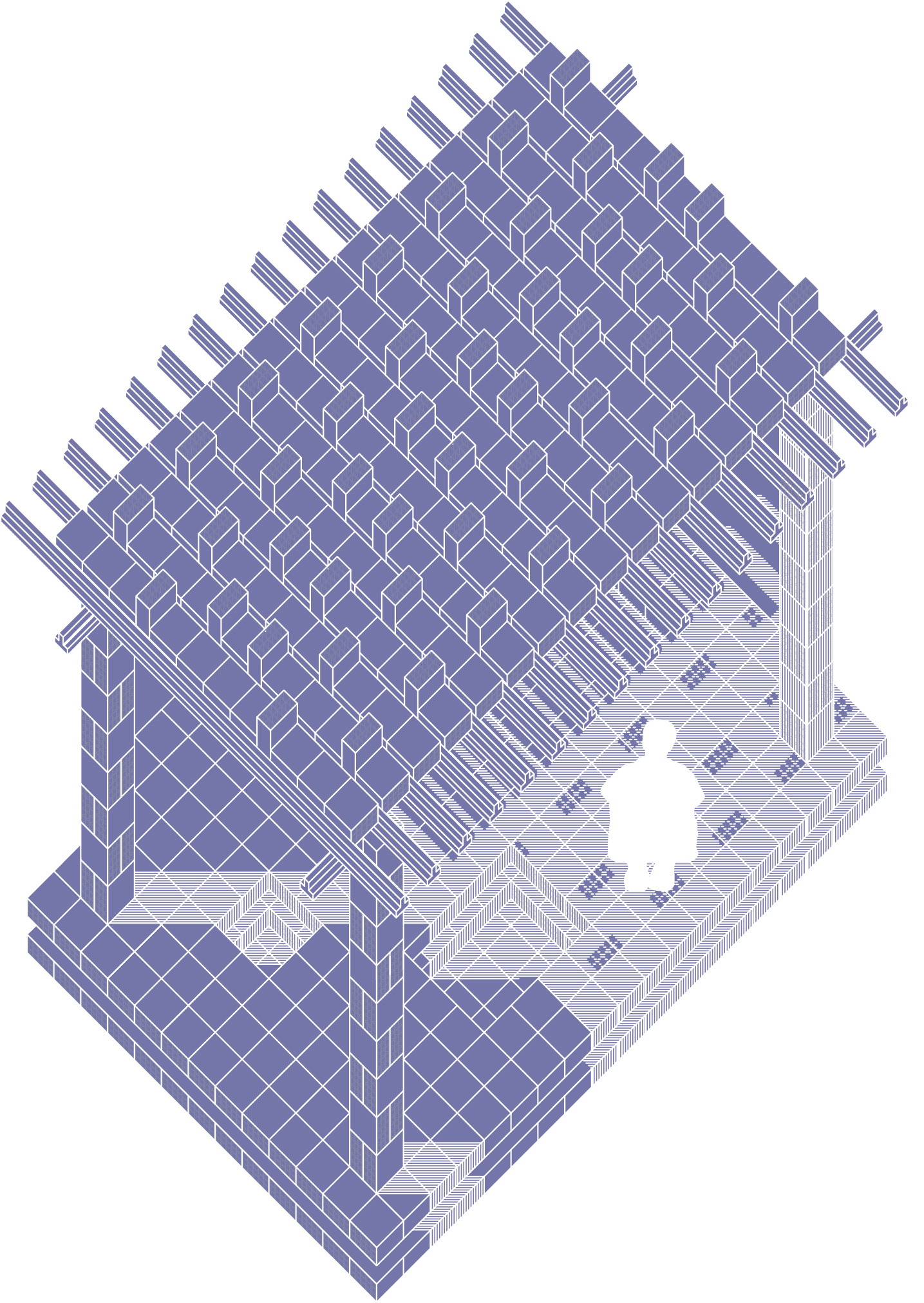

Sleeping
‘Sleeping’ is developed starting from the dimensions of a common double bed. Like in the japanese tradition, the measures of the lying body generates the proportions and the volumetry of the whole surrounding space. The installation faces a popular night club of Tiblisi but is slightly set apart, away from noise and crowds. The bedroom is raised from the ground, six steps lead to a space that is protected reassuring and projected towards the dark sky. Th night language of the body, a silent monologue.
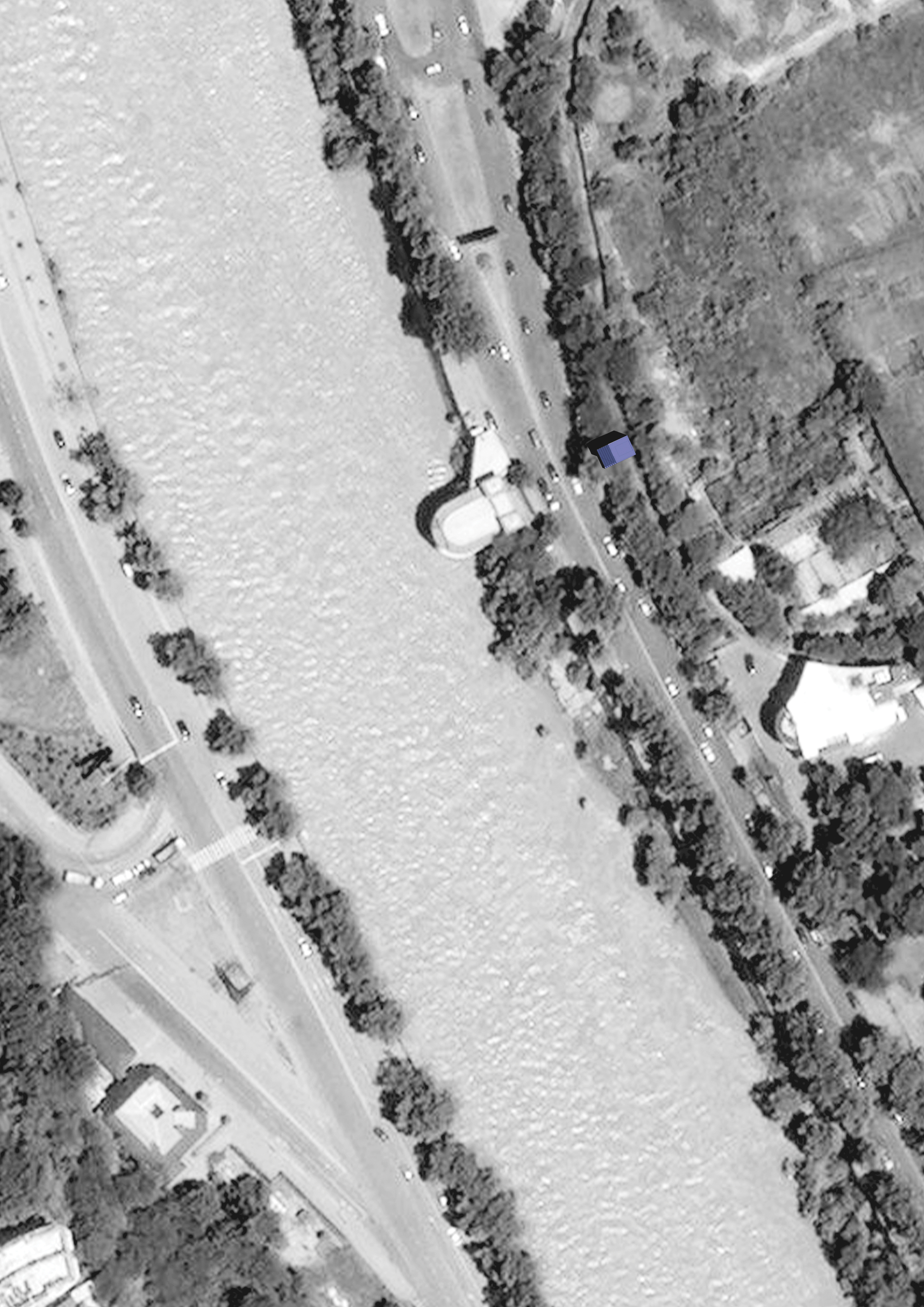

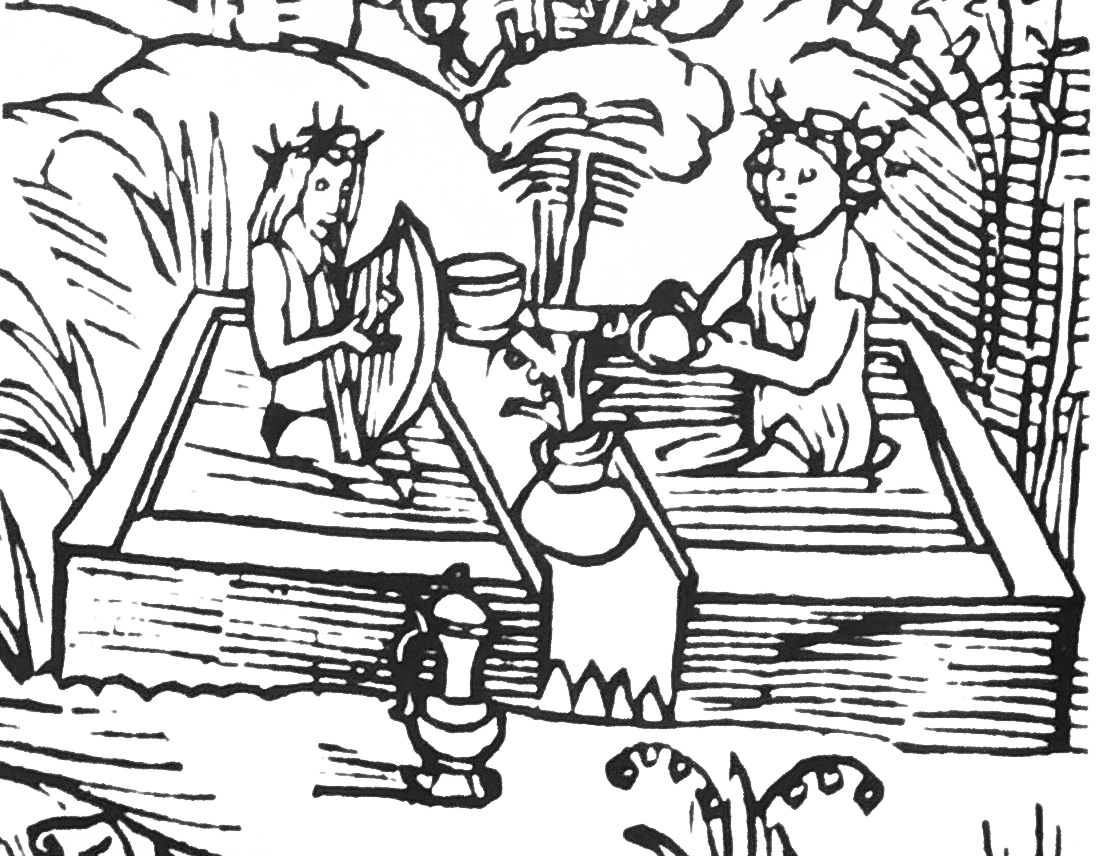
Bathing
A long and thin sink connects and relates with the round fountain on Waterfall square. In Abanotubani district, the ancient neighbourhood known for its sulphuric baths, water, as an element that brings bodies together in order to appreciate the ancient ritual of sharing a bath, has always been protagonist of an intimate and sincere conviviality. The new brick sink, together with the existing fountain, will define a new open-air bathing complex:washing hands as a generous, human gesture.

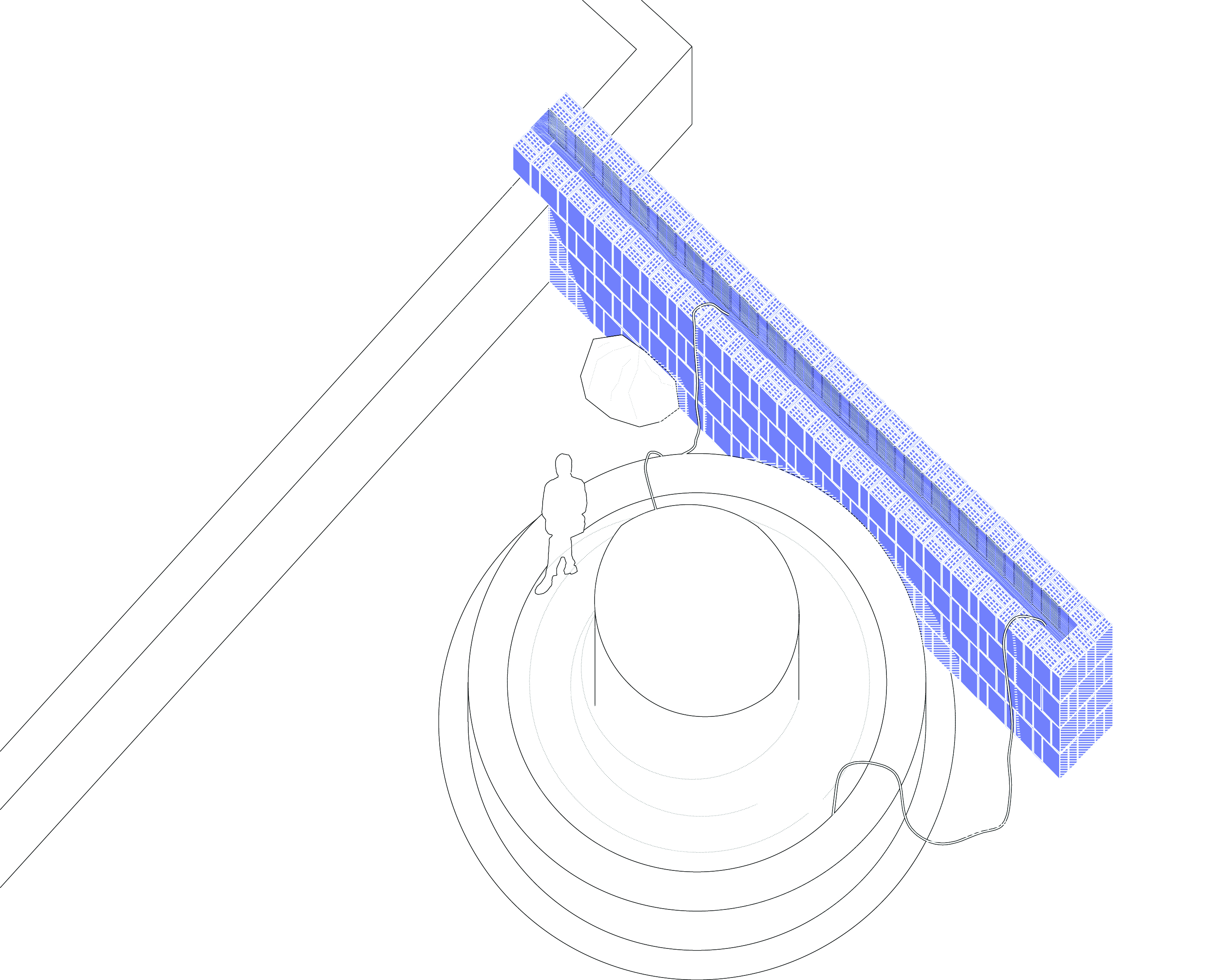
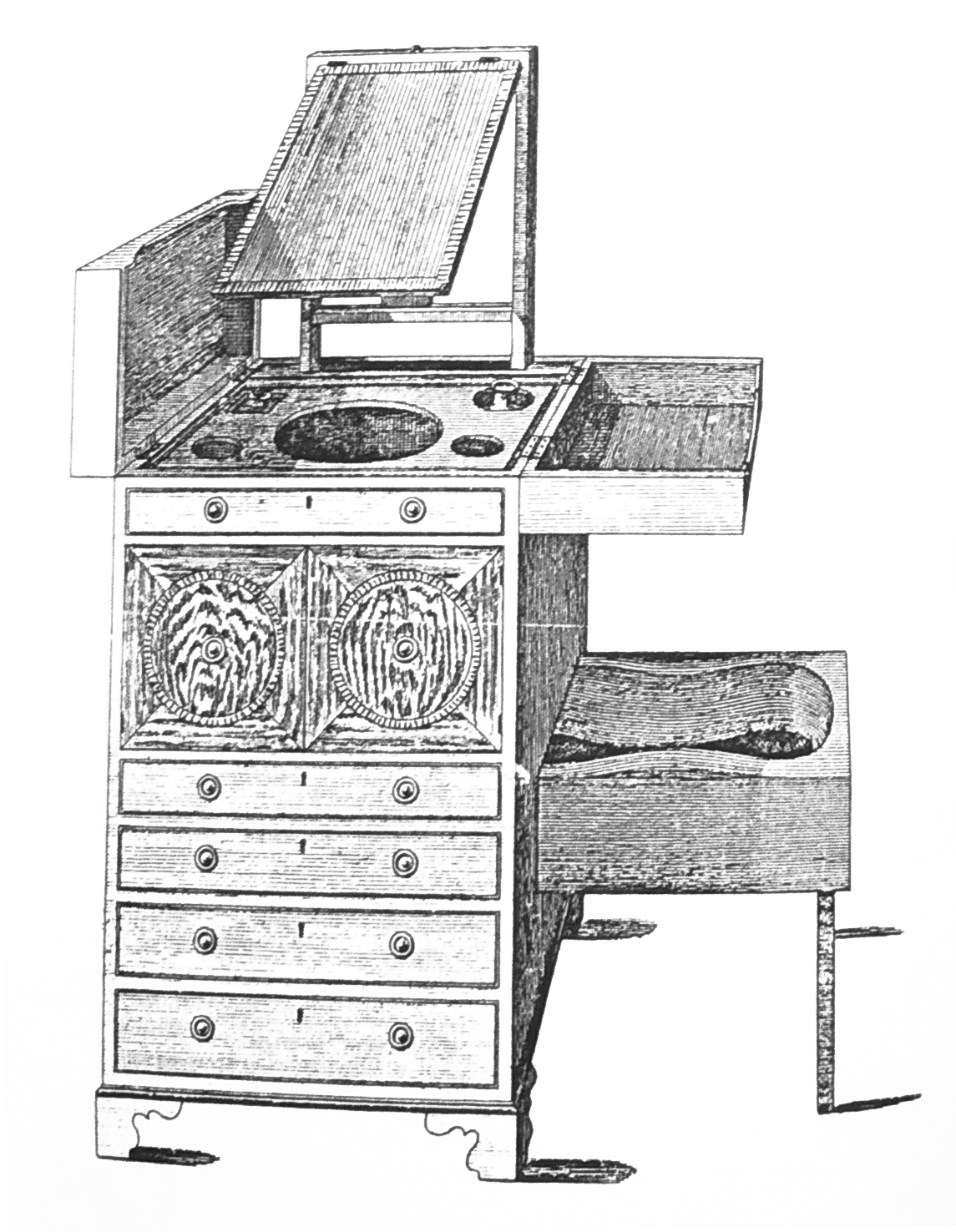
Even in the most luxurious bathrooms of the Japanese emperors, the toilet is nothing but a squat, fragrant and dark... A juniper and a privet appear from the colourful curtains of stalls and vans cluttered with merchandise from the Dezerter market. The square in front of the old nineteenth-century brick market is filled every day with hundreds of vendors, who among parked cars, stacked fruit boxes, onlookers and buyers, remodel the city block. New streets, crossroads, dead-end alleys, overlooks, back shop, tea rooms and card tables are assembled and disassembled in a few hours. An open bathroom, hidden among the stalls, to be in two but not together, a cozy place, scented with old trees and sheltered from the coming and going of the bazaar, to rediscover the irony of intimacy and from where to observe passages and glances.

